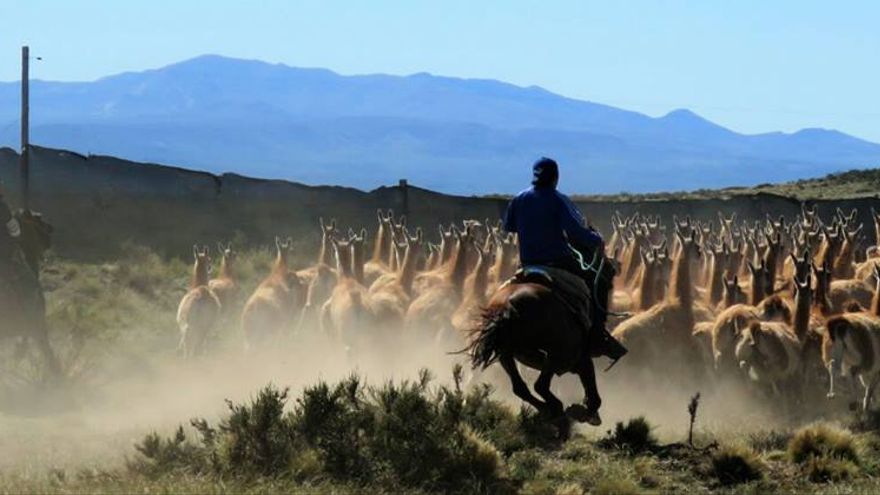

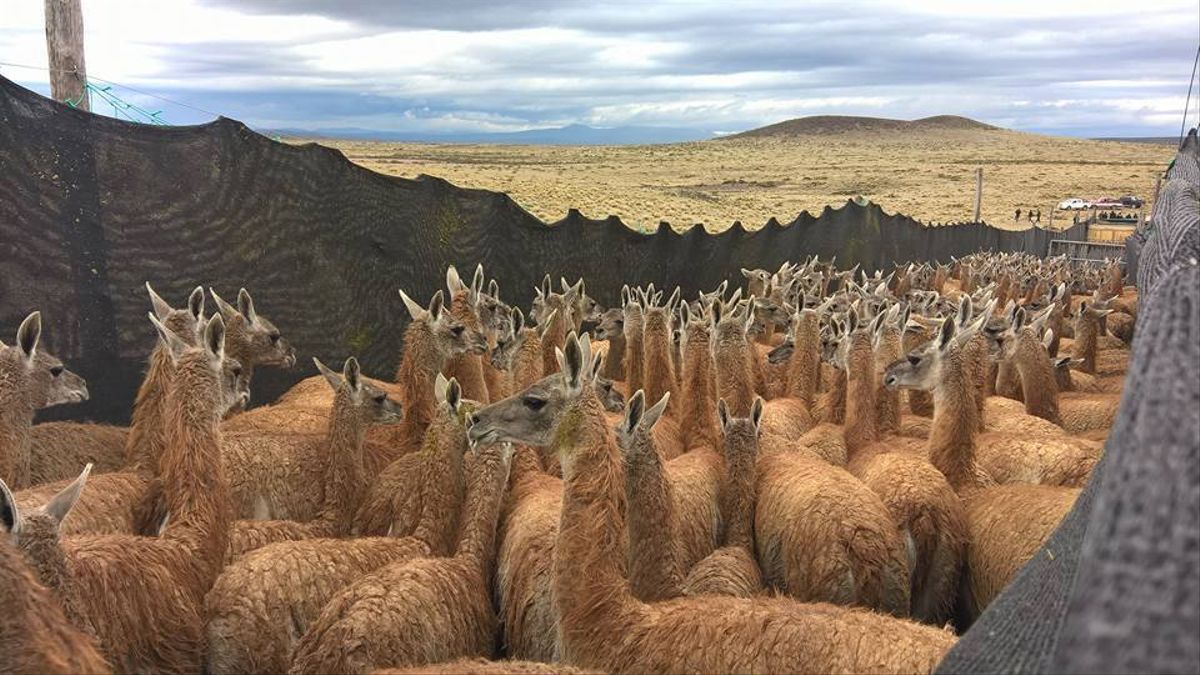

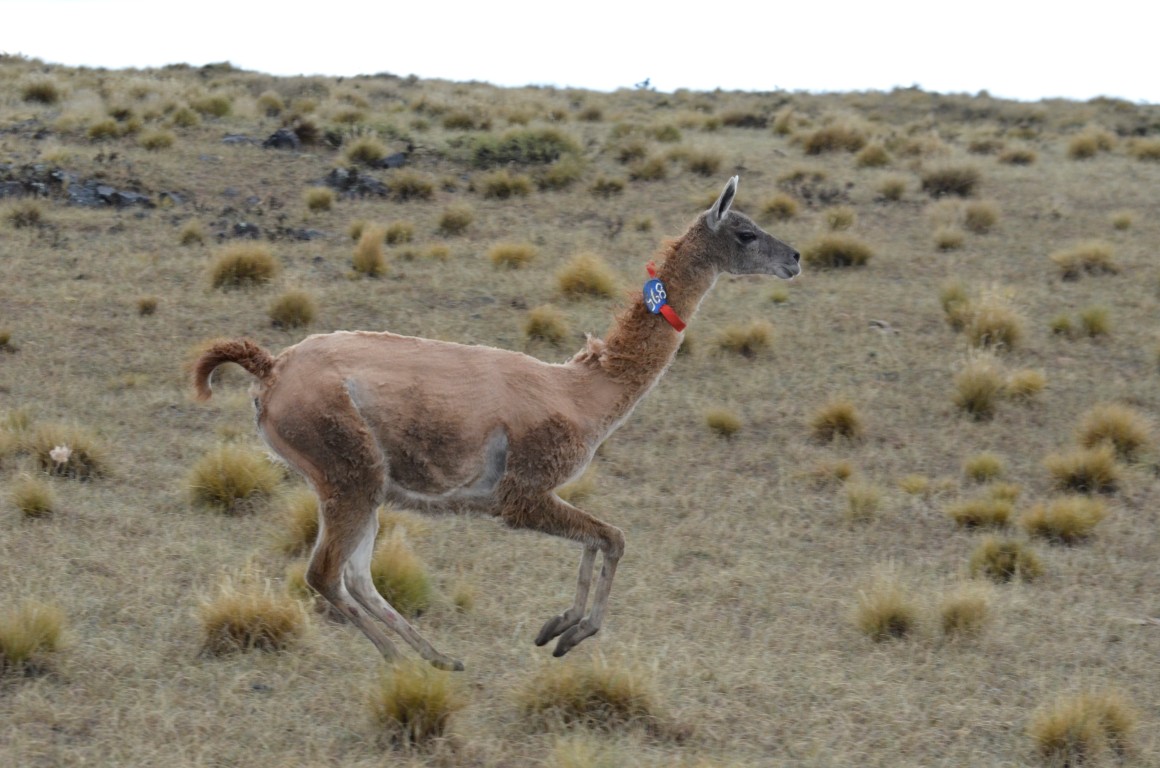
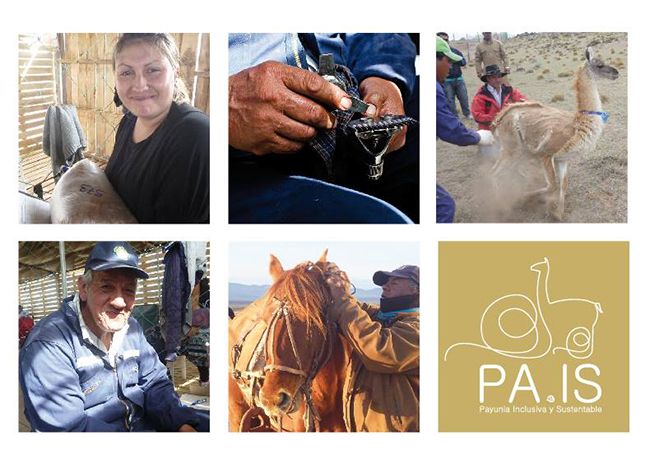
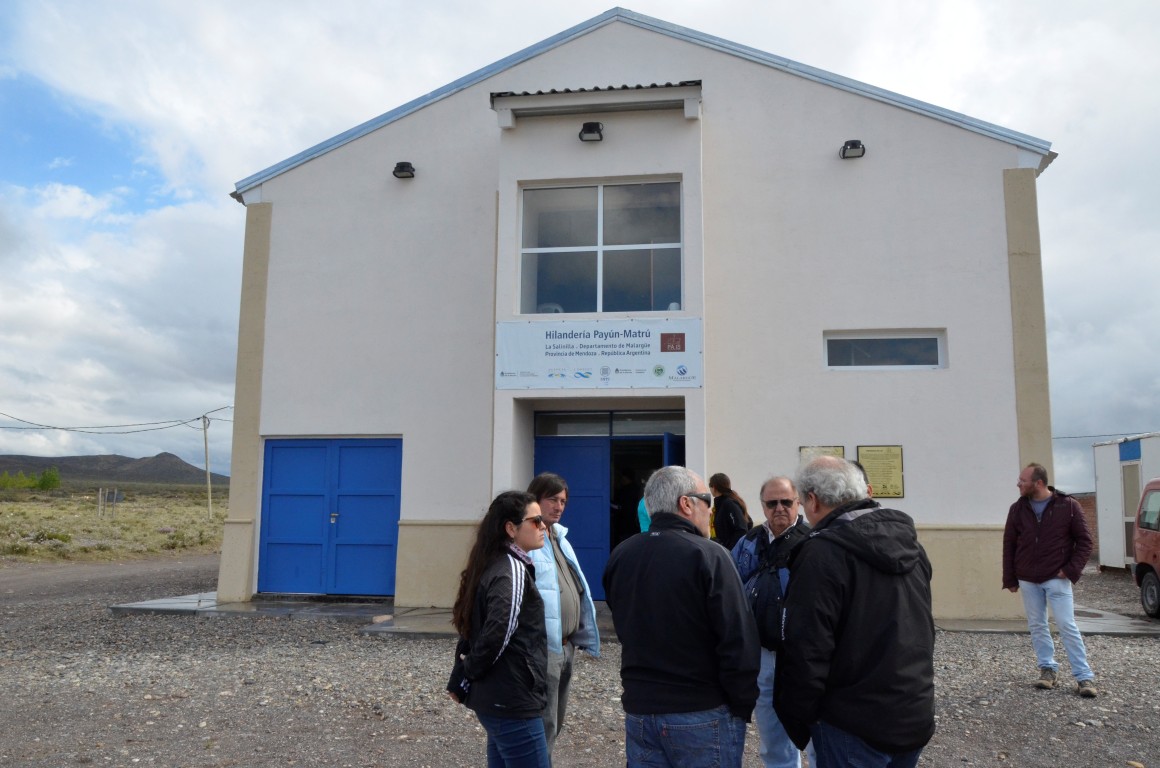
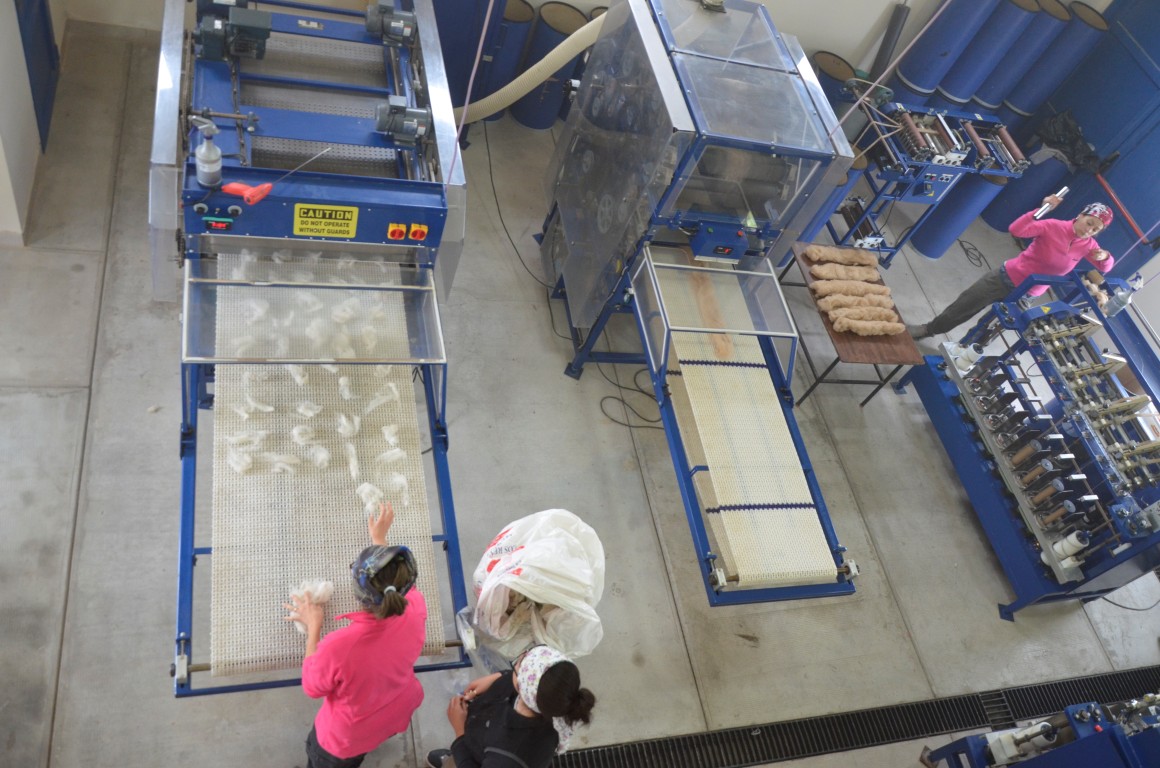

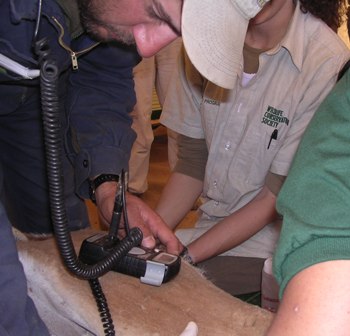
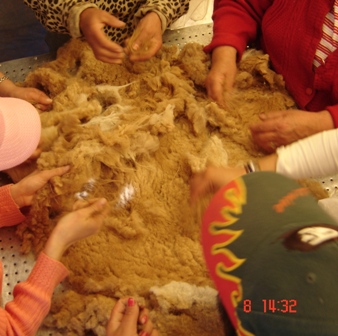
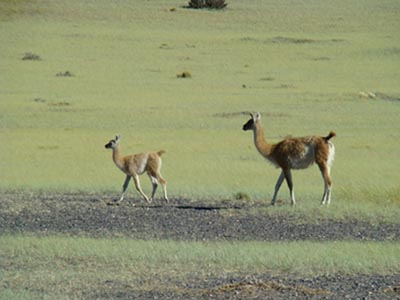

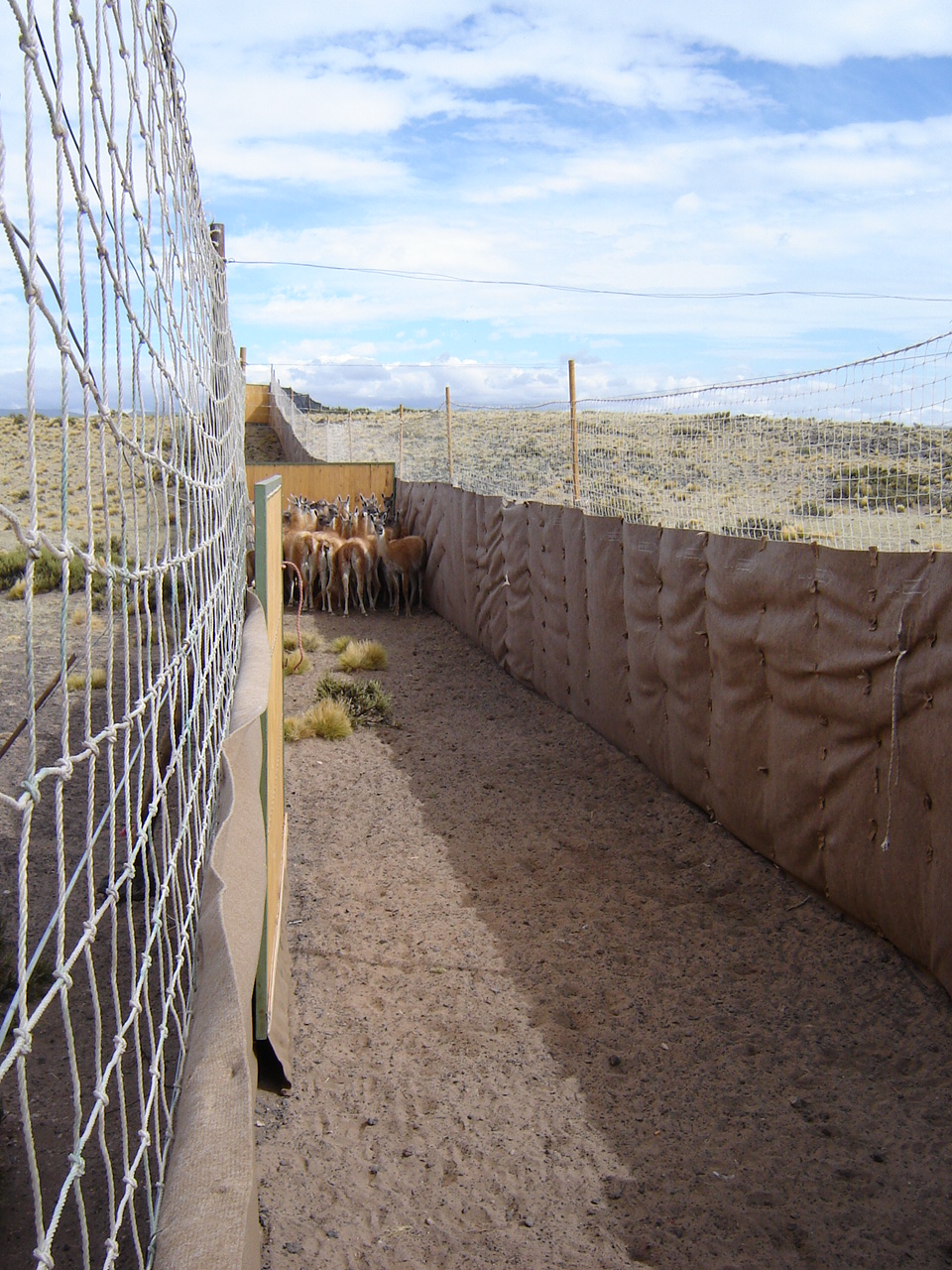
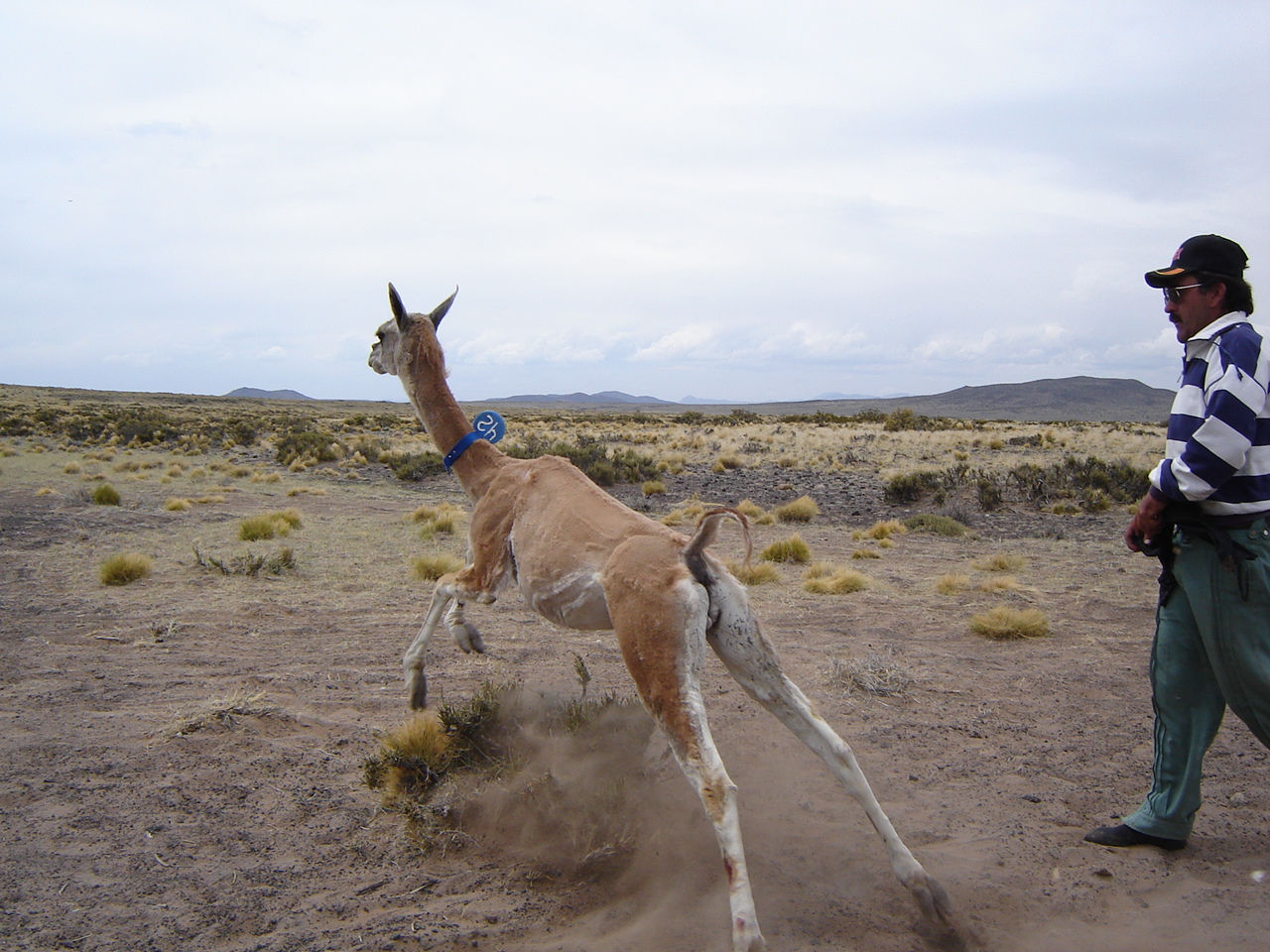
La tonte annuelle des guanacos par la coopérative Payún Matrú est étroitement surveillée par le département des ressources naturelles renouvelables de Mendoza afin de s'assurer que le revenu économique potentiel fourni par la laine de guanaco est réalisable et durable. En même temps, les membres de la coopérative comprennent qu'en adoptant de "bonnes pratiques", ils reçoivent de "bons avantages". Le CONICET a testé et développé des méthodes pour minimiser le stress des guanacos individuels pendant la capture et la manipulation, ce qui réduit les impacts négatifs au niveau de la population. Notre connaissance des processus écologiques, physiologiques et comportementaux qui "contraignent" ces camélidés à La Payunia, basée sur plus de 10 ans d'études, nous place dans une position unique pour conseiller et enseigner à la coopérative et aux parties prenantes du gouvernement comment minimiser les impacts de la tonte à vif sur cette population. Nous continuerons à former les membres de la coopérative Payún Matrú aux "bonnes pratiques" pour que la capture et la tonte des guanacos sauvages s'inscrivent dans le cadre des actions "Wildlife Friendly". Les activités suivantes seront menées à ce stade :
1) Enquêtes préalables à la tonte sur les paramètres de la population, 2) La formation du personnel (sans expérience) chargé de la manipulation des guanacos pendant l'élevage, dans les corrals et pendant la tonte est la clé de la réussite des activités. 3) Gestion des guanacos sauvages : La capture, la tonte et le relâchement des guanacos sauvages seront effectués en deux fois, entre septembre et novembre. 4) Indicateurs physiologiques : stress physiologique en fonction des conditions de manipulation. 5) Enquêtes après la tonte sur les paramètres de la population tels que la structure sociale et la densité de la population.
-Comme nous travaillons avec des animaux sauvages, les études préalables à la tonte sur les paramètres de la population nous aident à sélectionner la meilleure zone pour construire la structure de gestion.
-La formation du personnel est fondamentale (et la clé du succès de cette solution) pour une bonne gestion des animaux, en évitant la mortalité des guanacos et les blessures des opérateurs. La gestion des guanacos sauvages est différente de celle de tout autre animal domestique, et il est nécessaire d'utiliser des structures et des outils particuliers, ainsi que d'apprendre des manœuvres spécifiques pour leur manipulation, tout en gardant à l'esprit le bien-être de l'animal.
-L'approche du stress nous donne un indicateur physiologique clé pour réduire le stress en fonction du temps de manipulation.
-Les études réalisées après la tonte nous fournissent des paramètres clés de la population, tels que la structure sociale et la population, ce qui nous permet de comparer les données avec celles obtenues avant la tonte et de définir l'impact sur les perturbations sociales.